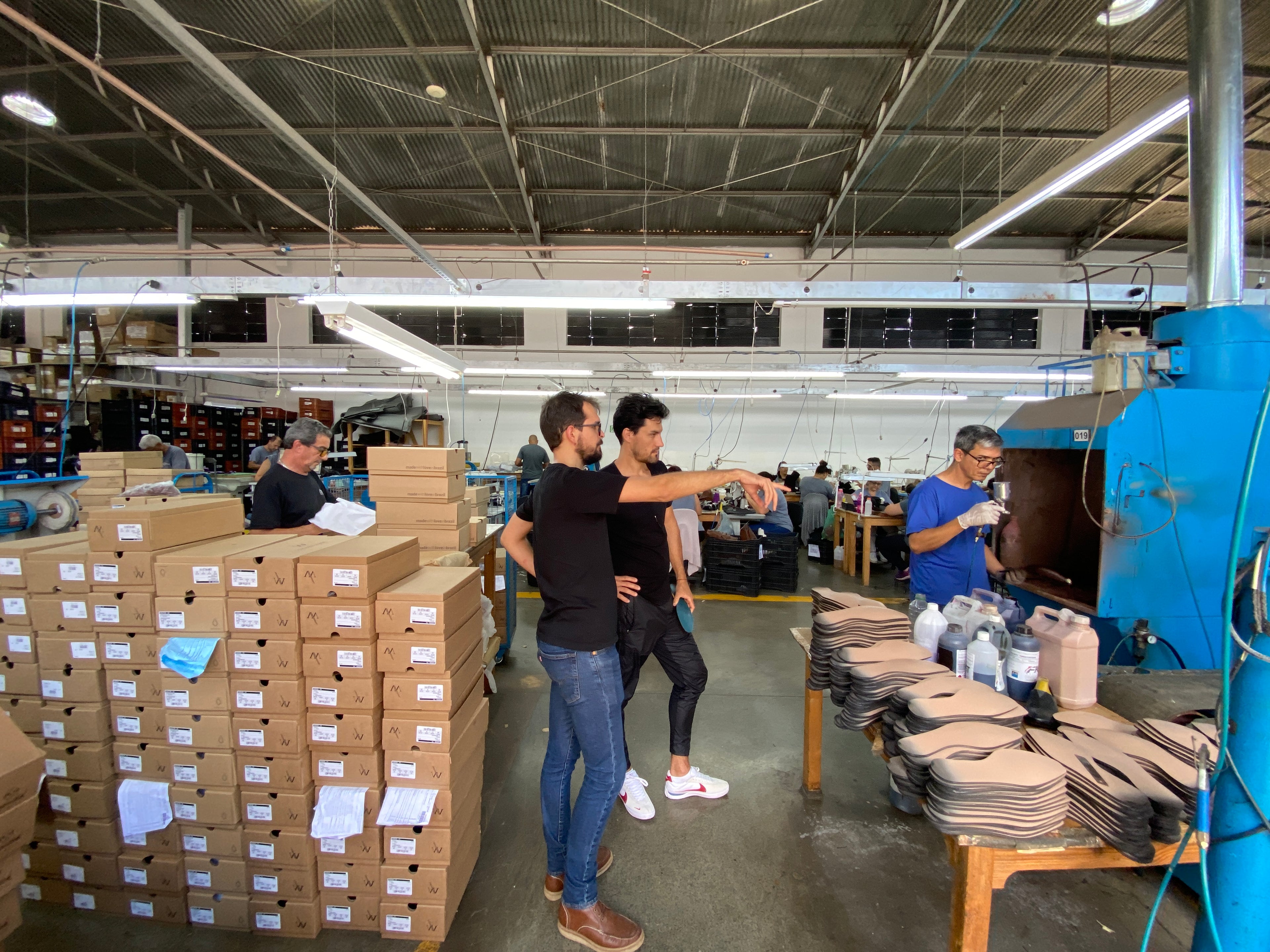As consumers, our choices have the power to shape the future we want to see. Every time we open our wallets, we cast a vote for the kind of world we envision. It's a profound notion: as consumers, we wield considerable influence over industries and their practices. One pressing issue that deserves our attention is the leather industry, a sector with severe consequences for both the environment and animal welfare.
The Atrocity of the Leather Industry:
The traditional leather industry, which relies on animal hides, has long faced criticism for its ethical and environmental concerns. Billions of animals suffer annually as they are raised in appalling conditions, subjected to inhumane practices, and ultimately slaughtered for their skins. These practices are not only ethically questionable but also environmentally destructive.
Leather is not a by-product of the meat industry as often is said.
The leather industry is a huge moneymaker, and the revenues of animal skin used for leather are just as high or sometimes even higher than the revenues from the meat industry. Beyond this, the environmental impact of leather production is 3 times greater than the production of vegan leather alternatives.
Harmful Impacts of Leather on the Environment:
-
Deforestation: The leather industry is a significant driver of deforestation, as vast tracts of forests are cleared to make way for livestock ranching. This deforestation contributes to habitat loss, biodiversity decline, and climate change.
-
Chemical Pollution: Leather tanning, a crucial stage in leather production, involves the use of toxic chemicals like chromium and formaldehyde. These chemicals are not only harmful to workers but also pose a risk to nearby ecosystems and water sources.
-
Water Consumption: The leather production process is water-intensive, leading to substantial water waste and pollution. It's estimated that the leather industry consumes around 130 million tons of water annually.
-
Carbon Footprint: The leather industry has a significant carbon footprint due to energy-intensive processes and transportation. The carbon emissions associated with leather production contribute to global warming. To make one pair of boots of cow leather 66 KG of C02 gets released into the environment. Read more here: https://www.collectivefashionjustice.org/articles/carbon-cost-leather-goods
Investing in Next-Gen Materials:
The good news is that we have alternatives to traditional leather that are not only more ethical but also environmentally friendly. To protect the health of our planet and move away from harmful materials, we should consider investing in products that feature next-generation materials:
-
Plant-Based Leather: Innovations in plant-based leather, such as cactus leather, mushroom leather, pineapple leather, grape skin leather and corn leather offer cruelty-free and sustainable alternatives that eliminate the need for raising and slaughtering animals.
-
Recycled and Upcycled Materials: Recycled leather and upcycled materials are gaining popularity as eco-conscious choices. These materials reduce waste and promote sustainability by reusing existing resources.
-
Natural and Sustainable Fibers: Materials like cork, mirum, and organic cotton can be used in place of traditional leather for various products, offering a more sustainable and ethical option.
-
Biodegradable Materials: Some materials, like apple leather, are not only cruelty-free but also biodegradable, minimizing their environmental impact even further.
We hold the power to drive change in industries like leather. By choosing products, goods, and services that align with our values and prioritize a sustainable future, we can send a strong message to businesses that we demand better practices. Let's vote for change with our dollars, supporting innovative, next-generation materials that protect our planet and promote ethical choices, and move away from the harmful and devastating impacts of the traditional leather industry.


